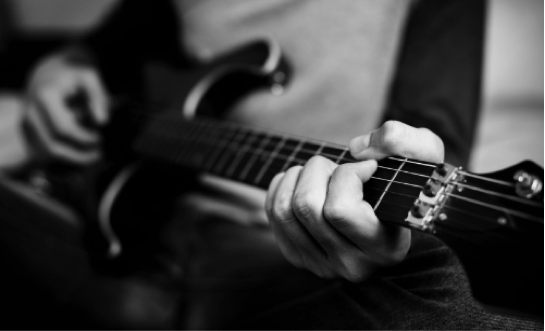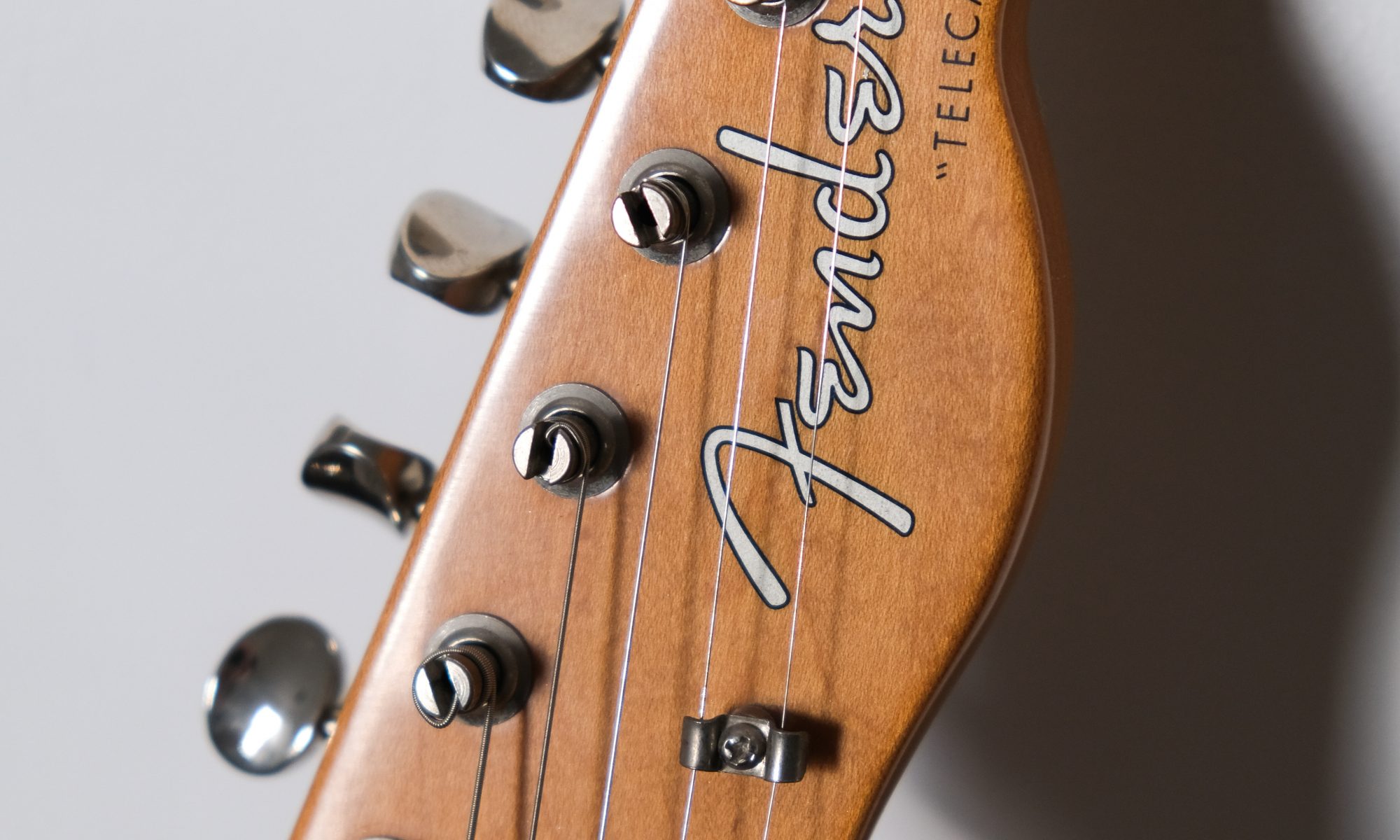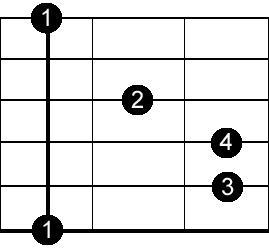How to Learn a Guitar Solo
Have you been learning to play your electric guitar but haven’t tried to play a guitar solo yet?
It can be intimidating to learn your first guitar solo. There are a few things that you need to keep in mind. This guide will help you master that first solo and make it easier for you to memorize it for the future.

Start with a Short and Simple Solo
You should start with a short guitar solo at first.
It’s easier to memorize just a few bars that it is to memorize a long, complicated solo. Some of the most famous solos of all time are quite short.
Here are some samples:
- Intro solo to Wish You Were Here by Pink Floyd
- Elvis – Heartbreak Hotel
- Californication -Red Hot Chilli Peppers
- Come Together – The Beatles
- Nothing Else Matters – Metallica
- Whole Lotta Love – Led Zeppelin
These are a few suggestions. Try a short solo of an artist that you like.
What to Do First
Before you try and learn the solo, listen to it several times. You want to get the feeling of the solo in your head. You want to recreate that feeling when you play it. Spend a lot of time just listening and try to pick out some of the notes. See if you can play a few of them on your electric guitar. Don’t look at any music when you do this. This is a good ear training exercise. See if you can figure out the “key” that the song is in.
Always play a solo slow at first. Work it up to speed as you master each section.
Break it Down
To learn a solo, you need to break it down bar by bar. Have a look at the music and each bar of the solo. Start with the first bar, and don’t play anything else until you have mastered that one bar. Once you have mastered the first bar add in the second bar. Continue doing this until you can connect all the bars together. Don’t worry about speed or timing here, get the notes of the solo under your fingers.
Look for Patterns
To help with memorization, look for patterns in the solo. For example, there may be one lick that is played several times during the solo. Many solos have patterns like this that you can pick out. In some cases, the lick may change a bit or move to another place on the fretboard. Watch for this sort of change in the guitar solo.
Think of a solo as a series of licks that you need to learn on your electric guitar. Each lick connects to the next one to make up the solo. Once you can see the licks and patterns in a solo, learning it is much easier.

What to Do if You Struggle with the Solo
Solo guitar is a lot harder than rhythm guitar. It’s easy to struggle at first. The key is to master small sections (each bar) of the solo before you try and play the whole thing. This is why you need to break down the solo, as discussed earlier. Examine the sections that give you trouble. Is it a certain bend? Fast lick? Try to isolate the section that is giving you problems and work on that part. Try to see how the other parts connect to the section giving you problems.
Play it with the Recording
Once you have the notes under your fingers. Play the recording and try the solo with the music. This is difficult the first few times you do it. The key is to keep practicing until you can play the solo with the recording and get the notes right.
If you struggle, try going through the motions of the solo without playing the notes. Put your fingers where the notes should be and play some air guitar to the solo on the record. See of you can then play the first couple of bars without making a mistake. Once you can do that, add in more bars.
It May Not Sound the Same as the Recording
Playing a guitar solo “exactly” like the recording is quite difficult. Don’t worry if it’s not quite the same. It takes a lot of practice to get a solo to sound like a recording does. Your own personality will come out in the solo that you play. For example, your vibrato may be a bit different than the guitarist that recorded the solo.
Conclusion
The whole idea of learning a guitar solo is to take your time. Break the solo down and work on it bar by bar. Master small section of the solo, then put it all together. Play along with the recording as much as possible. Get the solo as close to the actual recording as you can.
Learning to play the electric guitar can seem difficult at times, that’s why having a great electric guitar teacher to guide you is very important. In London, Electric Guitar Lessons, will be able to help you improve your guitar playing and your creativity.












